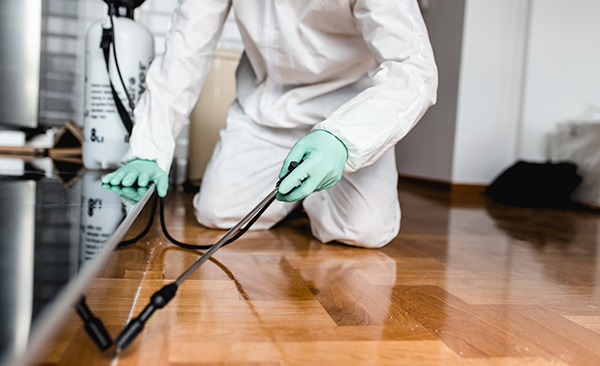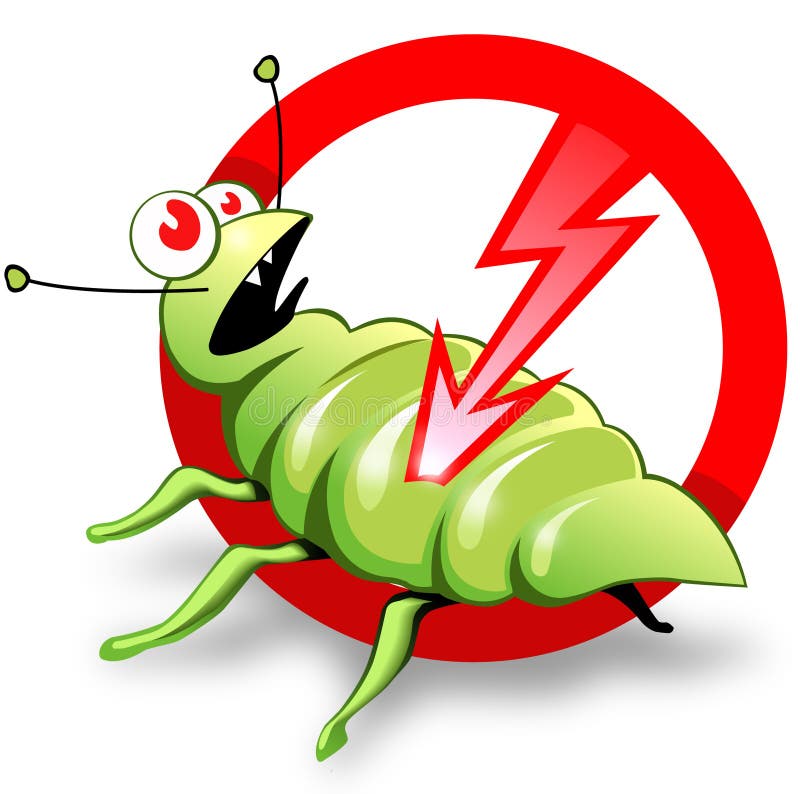Comprehensive Termite and Bug Solutions with Pest Control Lockhart
Comprehensive Termite and Bug Solutions with Pest Control Lockhart
Blog Article
Discovering Infestation and Treatment Strategies in the Globe of Bug Control
The landscape of insect control incorporates a myriad of difficulties, particularly as problems of typical household parasites remain to evolve. Comprehending the behaviors and reproductive patterns of these annoyances is important for creating efficient treatment approaches. By incorporating preventative procedures with sophisticated management methods, such as Integrated Bug Administration (IPM), homeowners can better guard their environments. The efficiency of these approaches may vary substantially based on details situations. What hidden factors add to the success or failing of these approaches in different settings?

Typical Family Vermin
When it involves handling our space, comprehending typical house parasites is crucial. These insects not only disrupt our comfort but can also posture health and wellness threats and damages property. The most widespread house parasites consist of ants, cockroaches, rodents, termites, and bed bugs.
Ants, typically seen foraging in kitchen areas, can pollute food and establish large colonies. Roaches, recognized for their resilience, can set off allergies and spread virus. Rats, including mice and rats, can cause architectural damages and bring conditions like hantavirus and salmonella. Termites, usually described as "silent destroyers," can compromise the honesty of wood structures, leading to pricey fixings. Bed bugs, although not condition providers, can trigger significant pain with their bites and bring about mental distress.
Acknowledging the indicators of these bugs, such as droppings, nests, or bite marks, is crucial for very early intervention (Pest Control Lockhart). Appropriate sanitation techniques, sealing access points, and keeping a clutter-free environment work preventative steps. By recognizing these typical family insects and recognizing their behaviors, home owners can take positive actions to mitigate invasions, ensuring a healthier living setting
Understanding Bug Infestations
Bug problems can rise quickly, turning a small aggravation right into a substantial problem if not addressed quickly. Typical elements contributing to invasions include bad cleanliness, structural vulnerabilities, and seasonal changes that drive insects inside your home.
Identifying the kind of pest is important, as different species exhibit varied actions and reproductive prices. As an example, rats may establish nests in hidden locations while pests like roaches prosper in moist atmospheres. Early discovery commonly rests on identifying signs such as droppings, munch marks, or uncommon noises, which can indicate a trouble prior to it becomes extreme.
Cozy, humid climates can promote the rapid growth of parasite populations, while modifications in landscape design or building can accidentally develop favorable settings. An enlightened technique to understanding these dynamics lays the foundation for reliable insect administration approaches in the future.
Treatment Techniques and Strategies
Reliable treatment methods and methods are essential for reducing pest problems and bring back a secure setting. A multifaceted method is usually best, integrating chemical, organic, and mechanical strategies tailored to the particular bug and the extent of the problem.
Chemical therapies consist of using insecticides and herbicides, which can properly get rid of parasites. Correct application and adherence to safety and security standards are vital to decrease threats to people and non-target microorganisms. Integrated Bug Administration (IPM) urges the wise usage of chemicals as a last option, depending instead on tracking and threshold degrees to establish treatment demands.
Biological control approaches include introducing all-natural predators or bloodsuckers to minimize pest populaces. This strategy is significantly prominent, specifically in agricultural setups, as it advertises environmental sustainability.
Mechanical techniques, such as traps and obstacles, offer prompt relief from parasites without introducing chemicals. Alternatives include sticky catches for bugs or physical obstacles for rodents.
Inevitably, the choice of therapy method need to consider the details insect, the setting, and potential effect on human health and ecological communities. A balanced mix of these strategies can successfully take care of infestations while advertising lasting insect control remedies.
Safety Nets for House
Proactively resolving bug issues before they intensify is important for keeping a healthy and balanced home environment (Pest Control Lockhart). Applying effective safety nets can dramatically Our site decrease the probability of problems, ultimately protecting both your residential property and health

Appropriate landscape design likewise plays an important function in prevention. Keeping bushes and trees trimmed away from your home minimizes the chances of insects finding their method inside your home. Make sure that drain systems are functioning efficiently to avoid standing water, which can draw in insects and other insects.
Last but not least, regular evaluations are recommended. Routinely looking for indicators of bug activity enables very early intervention. By taking on these preventative steps, homeowners can develop an atmosphere that is much less congenial to parasites, consequently enhancing their total lifestyle and reducing the requirement for extensive parasite control interventions.
Business Parasite Control Methods
A comprehensive strategy to commercial parasite control is important for organizations aiming to keep a safe and sanitary setting. Efficient strategies include a combination of regular evaluations, staff member training, and the implementation of Integrated Bug Management (IPM) methods.
Normal evaluations make it possible for early detection of bug task, enabling prompt treatment. Businesses ought to create a regular timetable for these assessments, focusing on risky locations such as kitchens, storeroom, and garbage disposal websites. Employee training is equally crucial; personnel must be enlightened on the signs of pest invasions and the value of reporting them quickly.
Implementing IPM practices helps minimize pest issues sustainably. This consists of environment modification, such as sealing entry points and minimizing mess, along with employing all-natural deterrents before considering chemical treatments.

Additionally, working together with an accredited bug control service provider ensures click to read access to specialist knowledge and sophisticated therapy choices. This partnership can result in tailored parasite control intends customized to the specific requirements of the organization, decreasing threats and improving general efficiency. Eventually, a proactive and enlightened strategy fosters a pest-free environment, guarding both public health and wellness and company credibility.
Conclusion
In final thought, reliable insect linked here control demands an extensive understanding of usual home parasites and their behaviors, combined with targeted therapy methods. Carrying out preventative steps together with therapy strategies such as Integrated Bug Monitoring and organic control enhances the capability to alleviate infestations.
Report this page